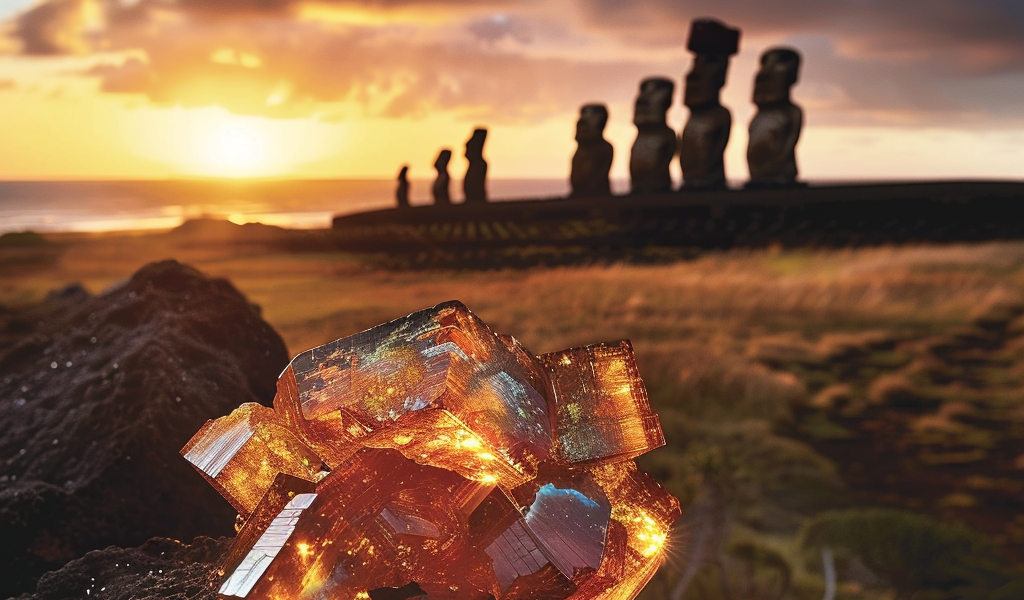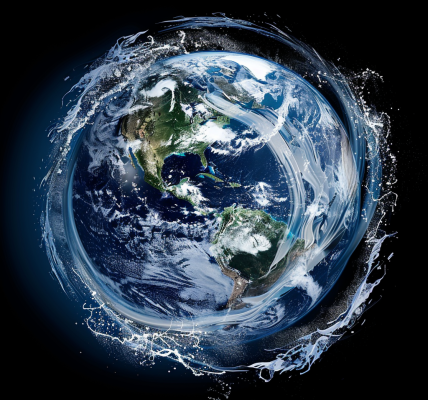Recent geological research on Easter Island has unveiled a significant mystery that could alter our understanding of volcanic activity and the behavior of the Earth’s mantle. A team of geologists from Colombia’s Universidad de Los Andes, led by Cuban geologist Yamirka Rojas-Agramonte, has dated zircon minerals on the island, revealing unexpected findings that date these minerals back as far as 165 million years.
Easter Island, known for its iconic Moai statues and volcanic landscape, has long intrigued scientists. The researchers utilized zircon dating, a reliable method for determining the age of volcanic rocks. This process involves analyzing zircon minerals that crystallize from magma as it cools. The uranium within these minerals decays into lead over time, allowing scientists to calculate their age accurately.
Initially, the team expected to find zircon minerals that were around 2.5 million years old, which aligns with the known geological history of the island. However, the results were astonishing; some zircon samples were dated to be as old as 165 million years. This revelation challenges previously held assumptions about the age of the island and the dynamics of its geological features.
The implications of this discovery extend beyond Easter Island itself. It suggests that the Earth’s mantle may behave differently than previously understood, particularly in terms of its movement. The slow movement of mantle material is a crucial factor in volcanic activity, and this new research indicates that the processes involved are more complex than scientists had thought.
The zircon minerals analyzed showed similar compositions, leading the researchers to hypothesize that they originated from a common magma source. This raises questions about the relationship between the age of the minerals and the geological processes at play beneath the island. If the zircon minerals are indeed older than the volcanic activity they are associated with, it suggests a more intricate history of magma movement and volcanic formation.
Understanding the formation of Easter Island’s volcanoes requires delving into the concept of hotspot volcanoes. These volcanoes are formed from mantle plumes—columns of hot rock that rise from deep within the Earth. As these plumes approach the base of tectonic plates, they melt surrounding rock and create volcanic activity. The movement of tectonic plates can lead to the formation of new volcanoes over time, but this study indicates that the processes involved may be far more ancient and complex than previously recognized.
The research team’s findings could have significant repercussions for the field of geology, particularly in the study of volcanic islands and the dynamics of the Earth’s interior. By revealing the ancient origins of these zircon minerals, scientists are prompted to reconsider how they interpret geological timelines and the evolution of volcanic regions.
As the study continues to gain attention, the scientific community is eager to explore the broader implications of these findings. The results could lead to a reevaluation of how geologists understand the history of volcanic activity not only on Easter Island but also in other regions where similar geological processes occur.
In summary, the discovery of zircon minerals on Easter Island that date back 165 million years opens up new avenues for research and understanding of the Earth’s geological history. This groundbreaking study underscores the complexity of volcanic systems and the need for continued exploration into the mysteries of our planet’s interior.





